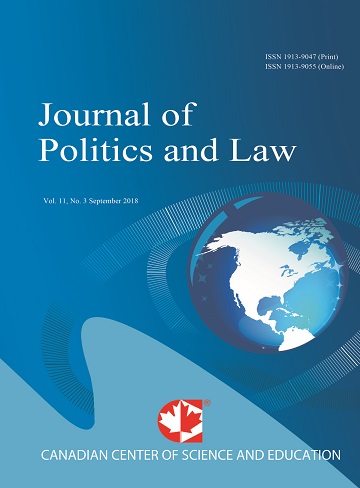Global Aspects of Australian Aboriginal Law Systems. A Biological Perspective
- Hendrik Gommer
- Penelope Swales
Abstract
A new natural law theory was proposed in ‘A Biological Theory of Law’. This theory holds that law mirrors properties of genes. Probably the most distinguishing characteristic of a gene is that it can replicate itself ad infinitum (the genetic priority of growth), as long as there are sufficient molecules available that can feed the replication. On top of that a gene is stable and it bears a code that can generate all kinds of biological structures. These biological structures could not evolve if genes did not work together. Genes that work together in a reciprocal way can be successful in spreading and therefore their number will grow.In essence, biological theory of law is based on fractal patterns. Fractals are objects whose smallest particles have the same structure as the composite whole of these particles. Macro scale patterns mirror micro scale patterns. Consequently, by studying micro scale patterns we can discover forces that drive macro scale patterns.
As was shown in the article The Molecular Concept of Law, by recognizing fractal structures in our empiric reality, we can link very different levels and disciplines and subsequently jump from genes to emotions to law in a systematic manner.
This paper explores the proposal that due to a harsh environment and geographical isolation, the genetic priority of growth was successfully curbed by Australian Aboriginal law to operate indefinitely and sustainably within a finite biosphere. The genetic drive for growth will ultimately exhaust our resources and defeat the genes of many of us if we do not find a way through our law to steer it. Ultimately the dilemma we face on a global scale is the same as that solved on a continental scale by Indigenous Australians. Central to the success of classical Aboriginal law was the ability to use law to curb the genetic property of growth by elaborating the genetic property of reciprocity, and much could be learned from Aboriginal legal systems in facing our own environmental and social dilemmas.
- Full Text:
 PDF
PDF
- DOI:10.5539/jpl.v5n1p43
Journal Metrics
h-index (2017): 14
i10-index (2017): 39
h5-index (2017): 9
h5-median (2017): 11
Index
- Academic Journals Database
- ACNP
- ANVUR (Italian National Agency for the Evaluation of Universities and Research Institutes)
- Berkeley Library
- CNKI Scholar
- COPAC
- CrossRef
- DTU Library
- EBSCOhost
- Elektronische Zeitschriftenbibliothek (EZB)
- EuroPub Database
- Excellence in Research for Australia (ERA)
- Genamics JournalSeek
- GETIT@YALE (Yale University Library)
- Ghent University Library
- Google Scholar
- Harvard Library
- HeinOnline
- INDEX ISLAMICUS
- Infotrieve
- Jisc Library Hub Discover
- JournalGuide
- JournalTOCs
- LOCKSS
- MIAR
- Mir@bel
- NewJour
- Norwegian Centre for Research Data (NSD)
- Open J-Gate
- PKP Open Archives Harvester
- Publons
- Pubmed journal list
- RePEc
- ROAD
- Scilit
- SHERPA/RoMEO
- Standard Periodical Directory
- Stanford Libraries
- UCR Library
- Ulrich's
- UniCat
- Universe Digital Library
- UoS Library
- WorldCat
- Zeitschriften Daten Bank (ZDB)
Contact
- William TaiEditorial Assistant
- jpl@ccsenet.org
